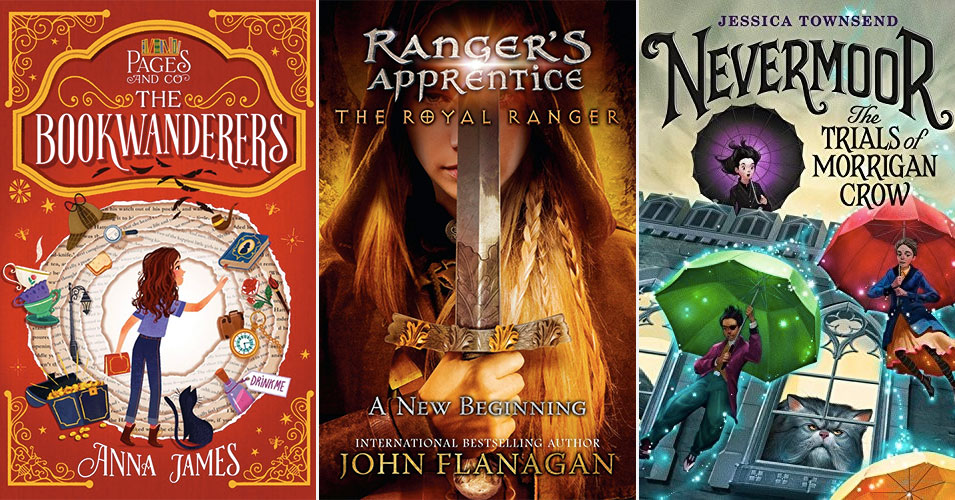The majority of the stories are action/adventure packed. This is because most stories, particularly good stories, take the protagonist and the characters on a trip.
Your first draft should be a thrilling adventure full of surprises, dreams, and promises. However, you must eventually sit down and make the book truly function. You must approach your manuscript with objectivity and a thorough understanding of the craft.
There are many common errors that every rookie writer makes. Start your revision by fixing these issues, and your tale will improve immediately. The focus of this guide will be on common blunders to avoid when writing adventure fiction books.
Common Blunders to Avoid When Writing Adventure Fiction
Start your rewrite by correcting common adventure fiction writing errors, and your book will improve immediately.
There’s much too much backstory
We need to know where the main character is at all times and when the action is taking place. One current timeline is required for each tale.
It’s fine to move around for flashbacks and expository backstory as long as the readers are eager to learn more since the action has created a mystery that they want to solve.
Beginning authors, on the other hand, frequently lose the thread, and readers are unable to keep track of or even imagine what is going on.
Frequently, the real tale is only a small part of the entire, with the remainder being backstory or expository. And that is a serious flaw. A story must be full, which is impossible if only a fragment of it is floating around in the muddle.
Blunders that kill the vibe
Typos, grammatical errors, and story line snafus are all classic ‘Say, what?’ moments. The line must never be read twice by the reader. Nothing should interrupt their concentration or remind them that they are reading.
For example: They peered around in the morning mist, trying to take in their surroundings. He strolled throw the trees that bordered the clearing and gazed down at the valley below, which was drenched in the late-afternoon sun. A 100-meter walk appears to take that long.
It was simply a minor blunder, but I came to a halt and flipped my page back and forth to figure out what had happened.
Everyone make mistakes now and then, but with Grammarly and a writing/editing/proofreading friend, even the penniless self-publishing digital author just getting started has no excuse.
(Incidentally, the chronological error noted above was also found in hard copy adventure fiction books published by a reputable publishing house.) Tut tut.)
Marshmallow dialogues
Dialogue is the quickest method to improve or destroy a manuscript. Agents, editors, and readers build faith in a writer’s ability when they encounter snappy, tension-filled dialogue. However, sodden and undifferentiated dialogue (marshmallow dialogue) has the opposite effect.
The dialogue in the pro version is compressed. The conversation in marshmallows is fluffy. There is friction in pro dialogue. The marshmallow banter is a little too sweet.
Each character’s pro speech sounds distinct. The marshmallow discourse mixes in with the rest of the conversation. Fortunately, the solutions are straightforward.
To begin, make sure you can “hear” each character in their own voice. Making a voice diary, which is a free-form document written in a character’s voice and chatting to you, the author, about a variety of themes, is a terrific method to do this.
Create these documents until each character has a distinct voice, then use what you’ve learned to your work.
Second, eliminate as many airy words, full lines, or even complete exchanges from your dialogue as feasible.
forgot to incorporate plot in story
That’s acceptable if it’s experimental literary writing, but the formula must be followed in Genre fiction, especially. A protagonist must have a goal that is impeded by an adversary. In a literary tragedy, the protagonist may be offered chances to alter in order to succeed or fail.
Otherwise, the protagonist achieves victory at the end thanks to the lessons he acquired through his encounters with the enemy. The protagonist’s arc is usually hinted at the start by a weakness that needs to be resolved, and we root for him as he learns the hard way what he needs to succeed.
In short adventure fiction books, success can be inferred after a revelation, but in a lengthier work, the winning fight scene should be the most dramatic and exciting section of the story.
Your protagonist should at least have:
- Ordinary world
- Call to adventure
- Refusal of the call
- Meeting with the mentor
- Crossing the first threshold
Lastly, people who are happy in a happy land
Scenes depicting persons who are completely satisfied in their daily worlds are among the most typical issues, especially in the initial chapters.
The author believes that by depicting lovely people doing wonderful things, readers will care about the characters when they are finally confronted with a dilemma. Readers, on the other hand, engage with plot through trouble, peril, change, or challenge. Adventure fiction is one of today’s most fascinating genres, and stories in this genre are always filled with equal parts danger and beauty. So make sure your piece doesn’t have the aforementioned errors.



